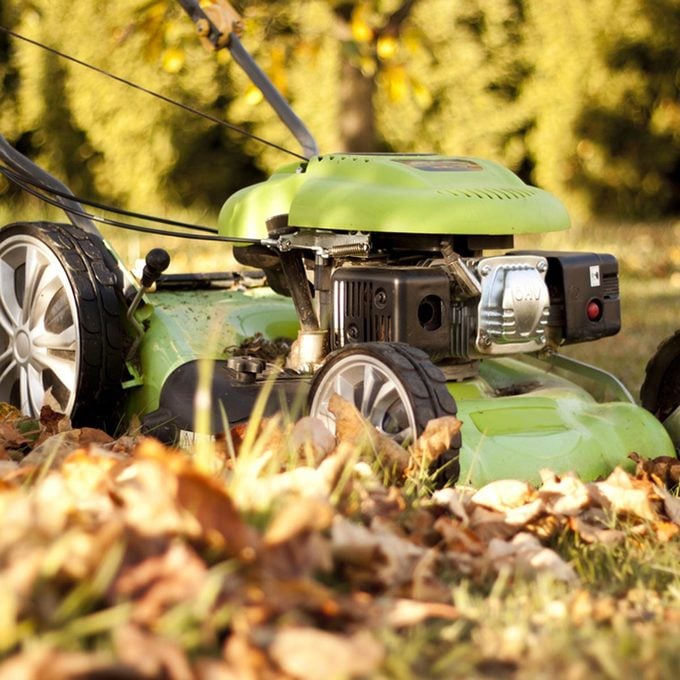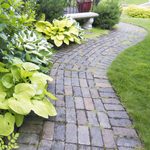Turn Your Fall Leaves into Free Mulch and Compost

Use fall leaves to improve soil, make free mulch and expand your garden beds.
Our editors and experts handpick every product we feature. We may earn a commission from your purchases.
Before you start up the mower or pick up a rake, let the wind do some work. Autumn winds blow leaves under hedges and shrubs and nestle them around perennials, insulating plant roots from winter cold and creating natural mulch as the leaves decay. Just make sure they don’t pile up within six inches of trees’ and shrubs’ bases. As a bonus, thrashers, native sparrows, robins, towhees and others sort through the winter leaves to feast on insects and other tidbits.
Shade trees provide plenty of benefits year-round: A cool spot to sit in summer, shelter and food for birds and insects in every season, beautiful colors in fall…and then a blizzard of falling leaves.
Instead of bagging up autumn leaves and carting them to the curb, give them a new purpose. They’re too valuable to discard. For starters, they’re free mulch!
On This Page
Mulch Your Leaves
Use your lawn mower to chop them to bits, then bag them and dump that leaf confetti in your gardens. A 2- to 3-inch layer of chopped leaves makes your soil lighter and fluffier as it slowly decomposes, so plant roots grow better, and weeds won’t sprout. These tools make dealing with leaves super easy.
Collecting Leaves
If you have too many leaves for your garden to handle, rake them onto an old bedsheet, gather up the corners and pile them in a discreet corner of the yard. Even a massive heap sinks down quickly, and you’ll be harvesting compost. A bagster bag is a great tool to gather leaves.
How Leaves Decompose
Thank the many decomposer critters that do the work—worms, snails, slugs, beetles, millipedes and isopods like sow bugs, all aided by fungal decomposition. As they break down and digest the leaves, the whole thing slowly turns into leaf mold, or humus, a dark, crumbly compost plants love.
Try these 10 tips for better fall composting.
Sheet Mulching
A dense layer of leaves will kill lawn grass, but sometimes that’s exactly what you want! To make a brand-new garden spot, try sheet mulching. First, dig a shallow trench around the bed and cut the grass short. Cover the area with brown cardboard or paper bags to block the light, wet it down, then top it with several inches of leaves. Soak the whole thing again so the leaves don’t blow around.
Layers smother the turf while making the soil ripe for next year. Leave the grass-killing layers in place and dig the planting holes in the new bed. Growing in leaf compost is a little different than soil, so do some research about proper care before you plant.
Fall Leaf Art Projects
Or keep the prettiest leaves for art projects. Glue a few colored ones to pumpkins, or use a white paint pen to draw on dry, pressed leaves. Frame a single leaf under glass as a trophy of your fall efforts.



